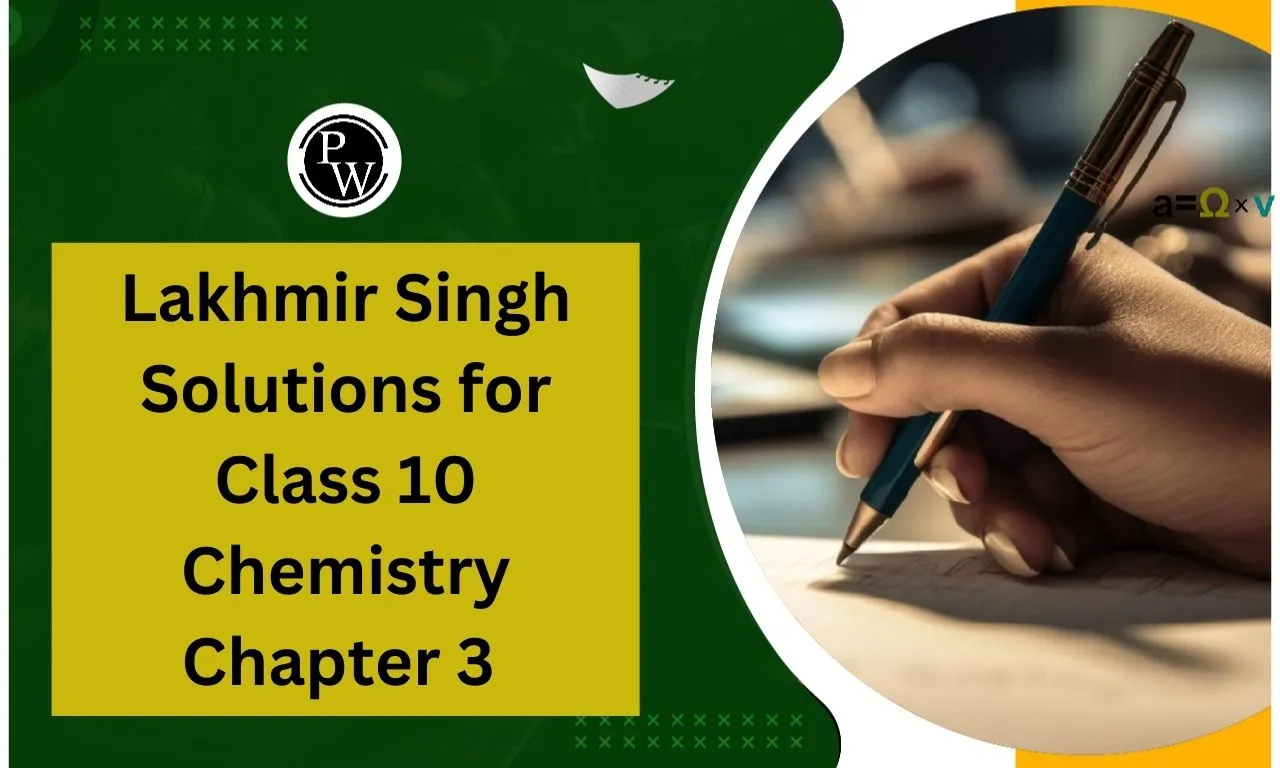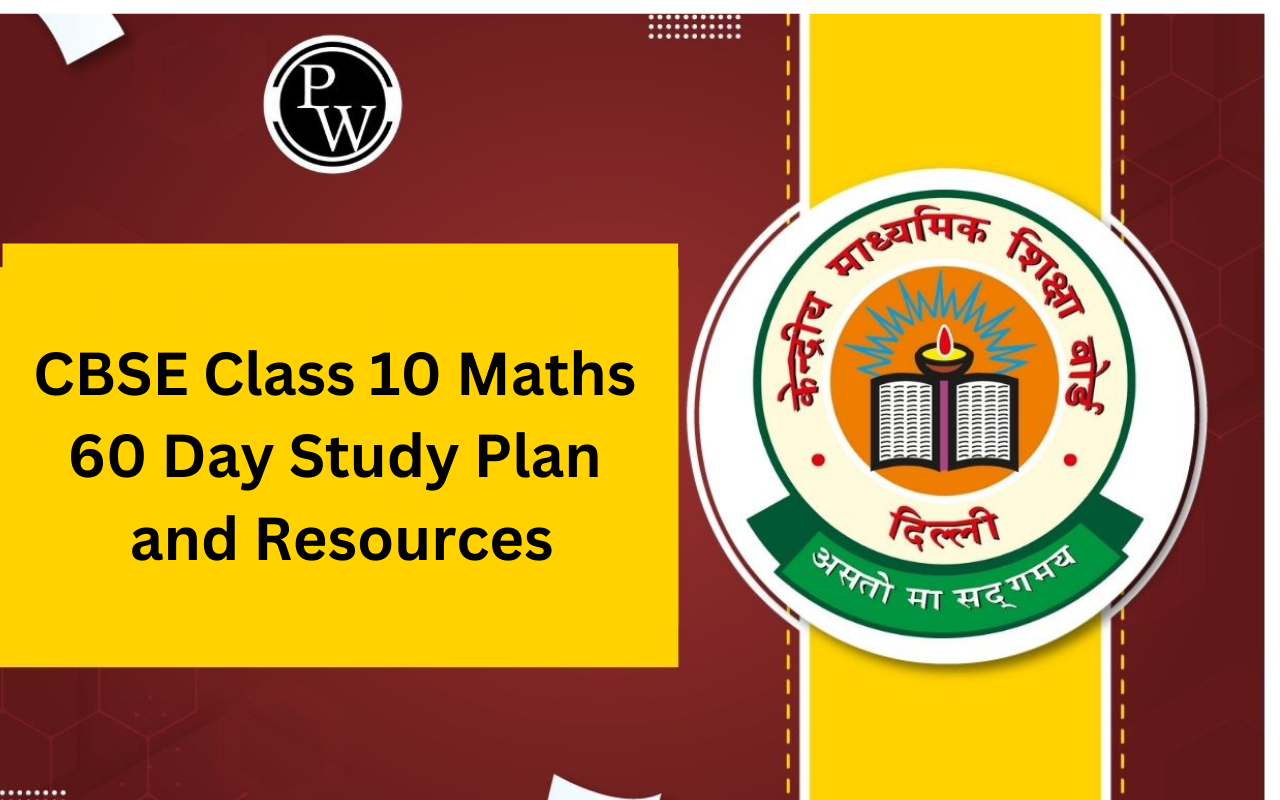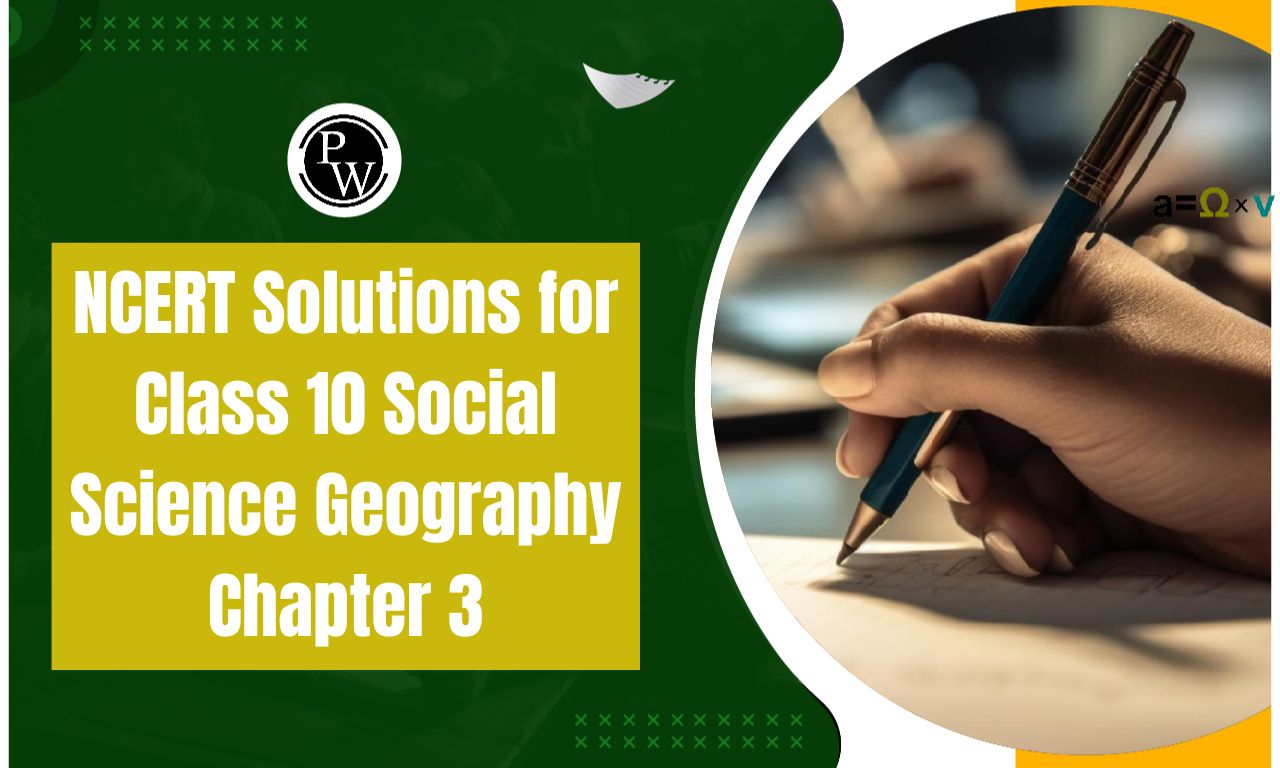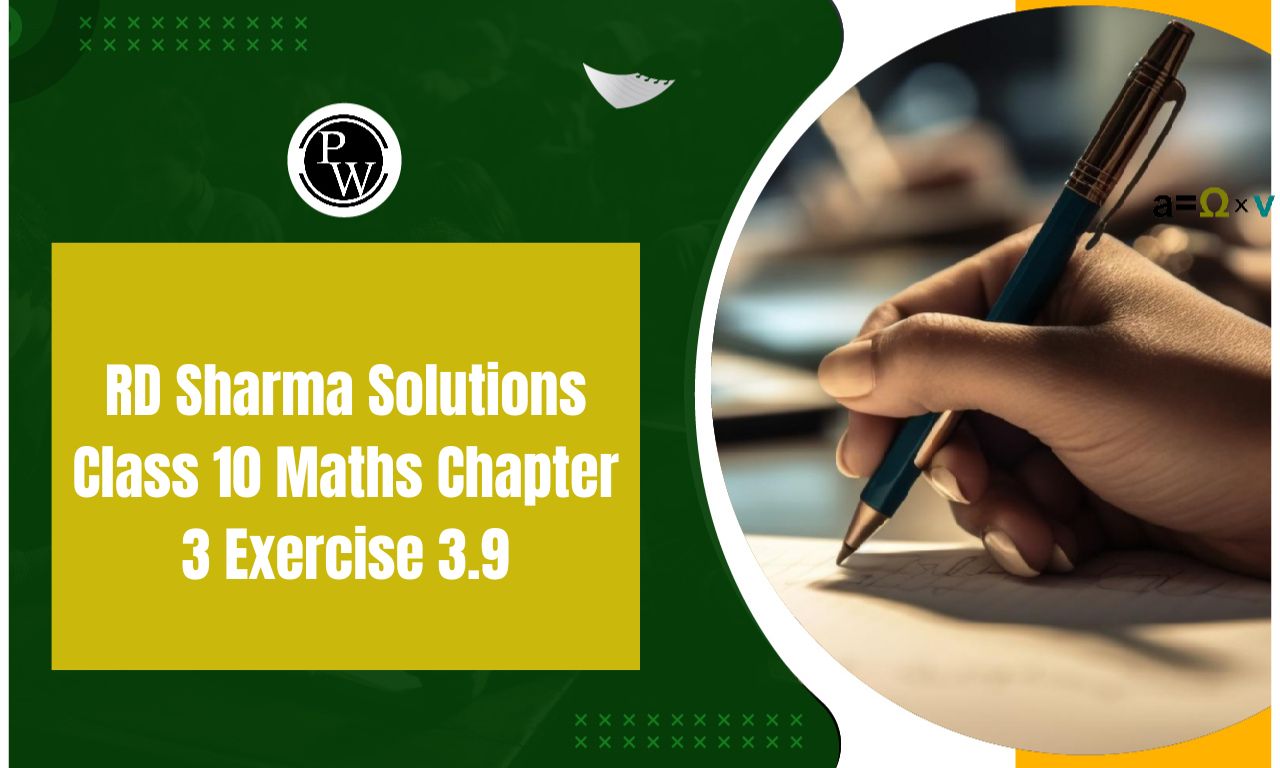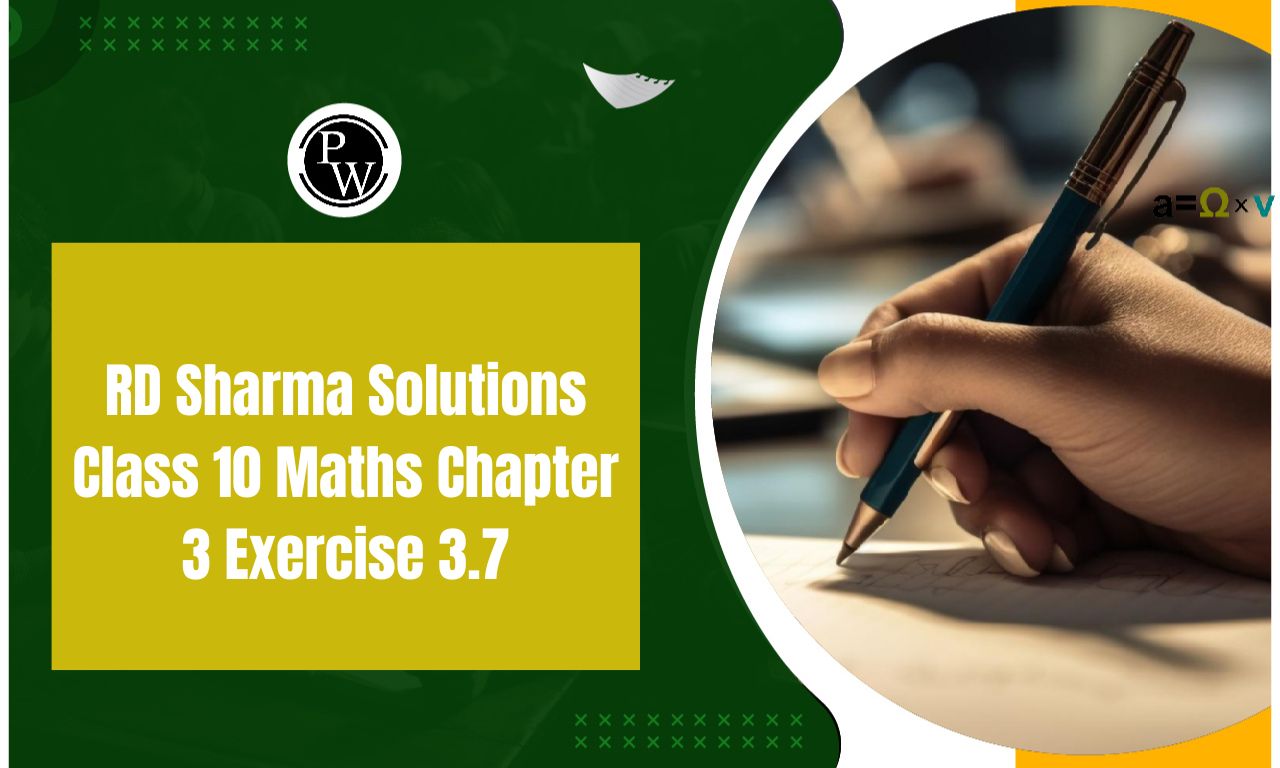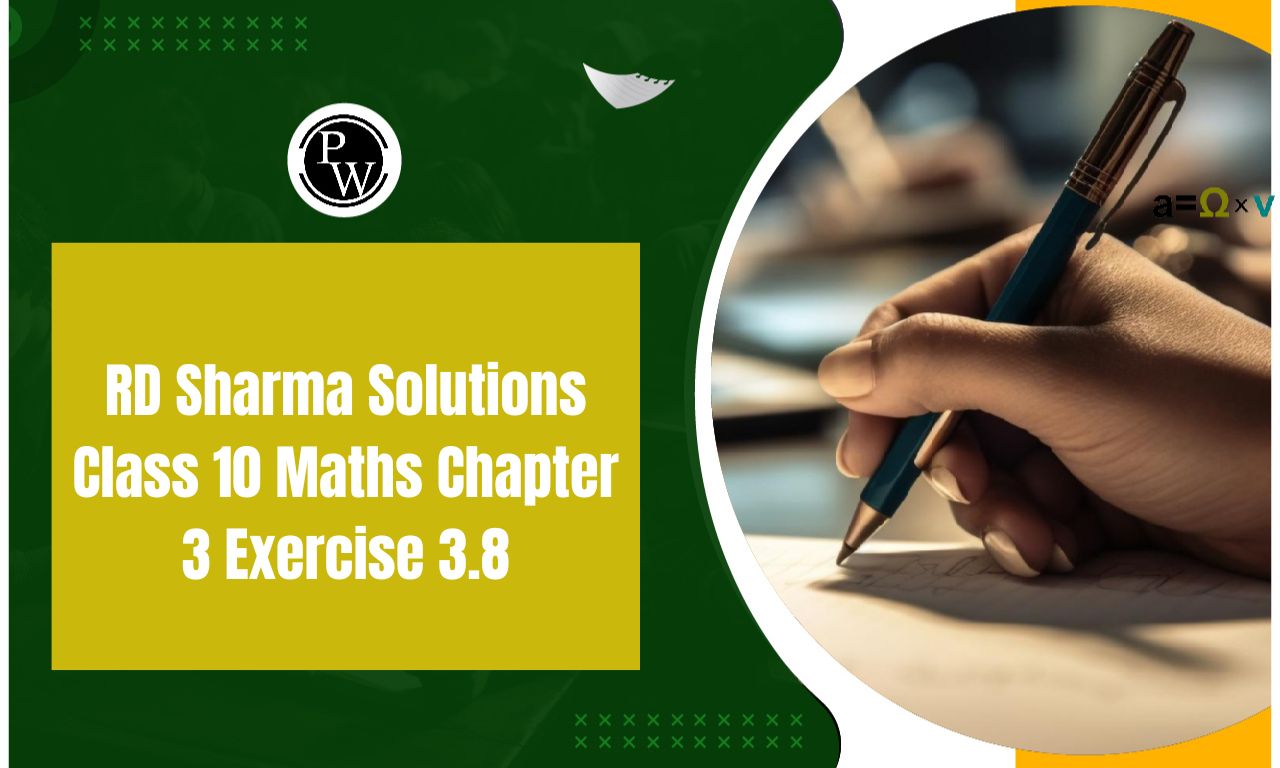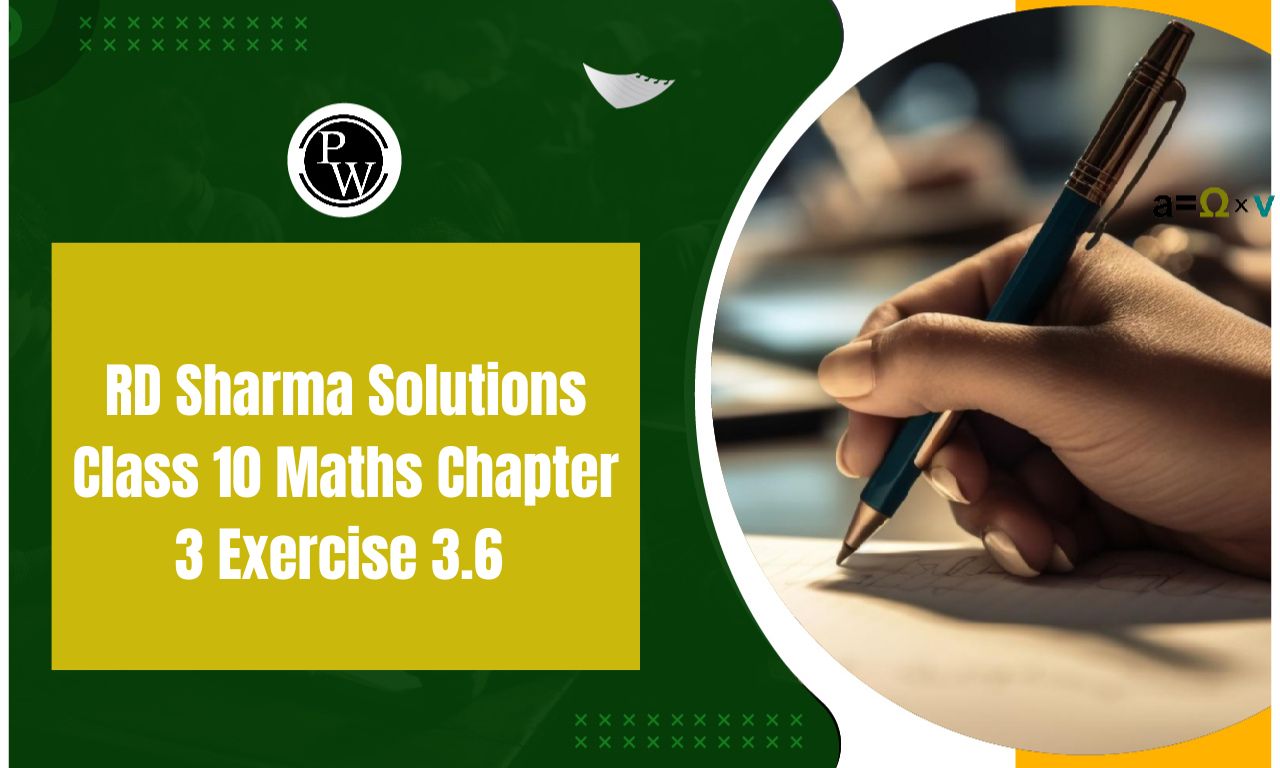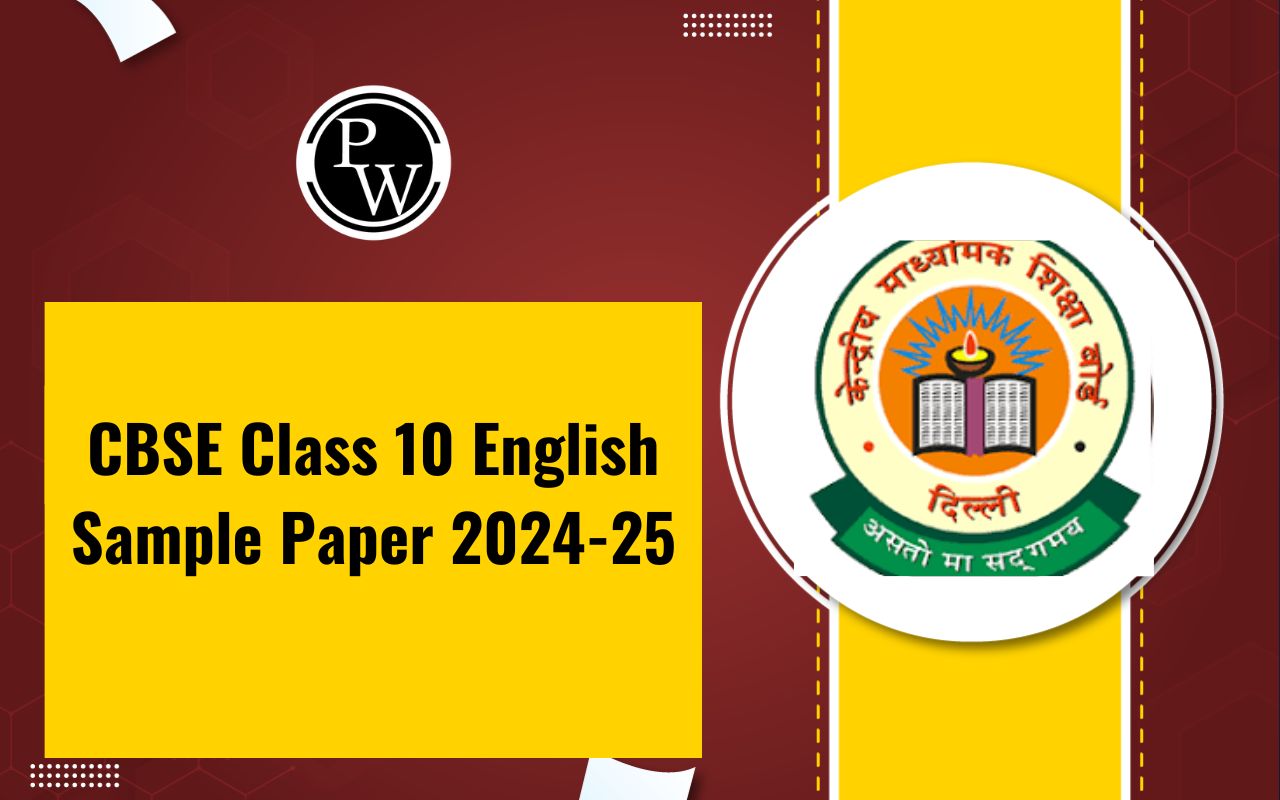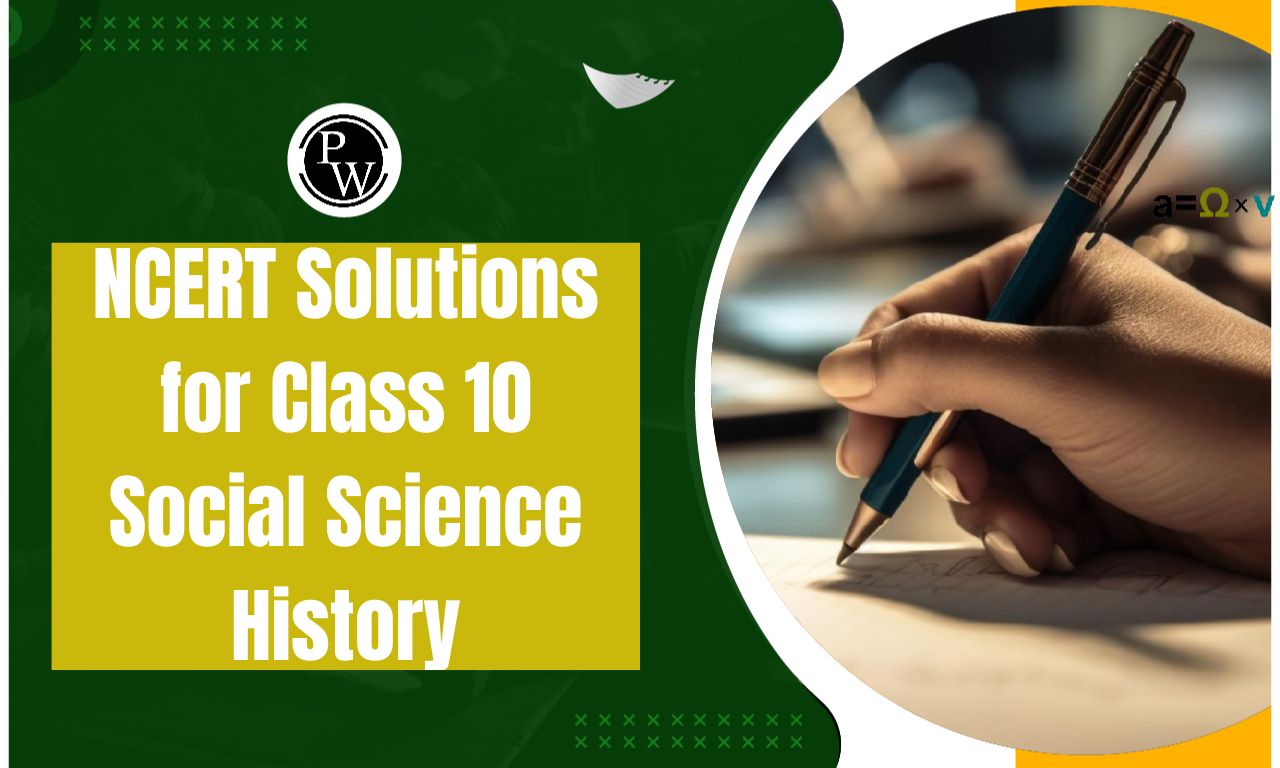

Lakhmir Singh Solutions for Class 10 Chemistry Chapter 3: This chapter covers the physical and chemical properties of metals and non-metals, their reactivity series, and the process of metal extraction. It explains concepts like ionic bonding, corrosion, and the importance of alloys.
The chapter also details the occurrence of metals, refining processes, and displacement reactions. Lakhmir Singh’s solutions provide step-by-step explanations, making it easier to understand metallurgy, properties of elements, and real-life applications.
The solutions include practice questions, solved numerical problems, and conceptual explanations, helping students grasp the subject effectively for board exams.
Lakhmir Singh Solutions for Class 10 Chemistry Chapter 3 Overview
This chapter explains the properties, reactivity, and extraction of metals and non-metals, along with concepts like the reactivity series, ionic bonding, corrosion, and alloys. Lakhmir Singh Solutions provide step-by-step explanations, making it easier to grasp metallurgy and chemical properties.
The solutions simplify complex topics with clear language, boost conceptual understanding, and include solved examples, numerical problems, and practice questions. They are aligned with NCERT, helping students in board exam preparation. By using these solutions, students develop problem-solving skills, improve retention, and build a strong foundation for higher studies in chemistry.
Lakhmir Singh Solutions for Class 10 Chemistry Chapter 3 PDF
This chapter covers the properties, reactivity, and extraction of metals and non-metals, along with important concepts like the reactivity series, ionic bonding, and corrosion.
Lakhmir Singh’s solutions provide detailed explanations, solved examples, and practice questions to help students understand the topic thoroughly. Below, we have provided a PDF containing the complete solutions, which will assist in effective exam preparation and conceptual clarity.
Lakhmir Singh Solutions for Class 10 Chemistry Chapter 3 PDF
Lakhmir Singh Solutions for Class 10 Chemistry Chapter 3 Metals and Non Metals
1. Name one metal and one non-metal which exist in a liquid state at room temperature.
Solution:
Mercury is a metal, and bromine is a non-metal, which exists in a liquid state at room temperature
2. Why are metals called electropositive elements, whereas non-metals are called electronegative elements?
Solutions:
Because they can create positive ions by removing electrons from an atom, metals are known as electropositive elements. On the other hand, non-metals are known as electronegative elements because they can create negative ions by gaining electrons.
3. (a)Name the most abundant metal in the earth’s crust.
(b)Name the most abundant non-metal in the earth’s crust.
Solution:
(a)Aluminium is the most abundant metal in the earth’s crust
(b)Oxygen is the most abundant non-metal in the earth’s crust
Page no: 132
4. Name one metal which has a low melting point.
Solution:
Cesium is a metal having a low melting point
5. Name the metal which is the poorest conductor of heat.
Solution:
Lead is a metal which is a poor conductor of heat.
6. State whether the following statement is true or false:
Non-metals react with dilute acids to produce a gas which burns with a pop sound.
Solution:
False. Metals react with dilute acids to produce hydrogen gas that burns with a pop sound
7. From amongst the metals sodium, calcium, aluminium, copper and magnesium, name the metal:
(i)Which reacts with water only on boiling, and
(ii)Another which does not react even with steam.
Solution:
(i) Magnesium reacts with water only on boiling
(ii) Copper does not react even with steam
8. What changes in the colour of iron nails and copper sulphate solution do you observe after keeping the iron nails dipped in copper sulphate solution for about 30 minutes?
Solution:
A reddish-brown layer of copper metal is applied to the iron nail. When copper is removed from copper sulphate solution by an iron nail, ferrous sulphate is created, and the copper sulphate's hue disappears.
9. What is aqua-regia? Name two special metals which are insoluble in common reagents but dissolve in aqua-regia.
Solution:
A freshly made solution of one part concentrated nitric acid and three parts concentrated hydrochloric acid is called aqua-regia. Special metals like gold and platinum are soluble in aqua-regia but insoluble in ordinary reagents.
10. Give the names and formulae of (a) two acidic oxides, and (b) two basic oxides.
Solution:
(a) Carbon dioxide and sulphur dioxide are the two acidic oxides.
(b) Sodium oxide and magnesium oxides are two basic oxides.
11. What name is given to those metal oxides which show basic as well as acidic behaviour?
Solution:
Amphoteric oxides are those metal oxides which show both the acidic and basic behaviour
12. Name two metals which form amphoteric oxides.
Solution:
Aluminium and zinc are two amphoteric oxides which show basic and acidic behaviour.
13. A copper coin is kept immersed in a solution of silver nitrate for some time. What will happen to the coin and the colour of the solution?
Solution:
When a copper coin is kept immersed in a solution of silver nitrate for some time, the colour of the coin becomes shiny greenish-white due to the deposition of silver on it.
14. Which property of copper and aluminium makes them suitable:
(a)For making cooking utensils and boilers?
(b)For making electric wires?
Solution:
(a)High thermal conducting property of copper and aluminium makes them suitable for making cooking utensils and boilers.
(b) High electrical conductivity property of copper and aluminium makes them suitable for making electric wires.
15. Write the names and formulae of (a) a metal hydride, and (b) a non-metal hydride.
Solutions:
Sodium hydride is a metal hydride (NaH)
Hydrogen sulphide is a non-metal hydride (H2S)
16. Name the metal which has been placed:
(a)At the bottom of the reactivity series
(b)At the top of the reactivity series
(c)Just below copper in the reactivity series
Solution:
(a) Gold is the metal placed at the bottom of the reactivity series
(b) Potassium is the metal at the top of the reactivity series
(c) Mercury is the metal placed just below copper in the reactivity series
17. Which of the two metals is more reactive: copper or silver?
Solution:
Copper is more reactive than silver. The more reactive element can displace the less reactive element from the solution.
18. (a)Name one metal which is stored in kerosene oil.
(b)Name one non-metal which is stored under water.
Solution:
(a) Sodium is the metal stored in kerosene oil in order to prevent it from coming in contact with oxygen and moisture
(b) White phosphorus is the non-metal which is stored under water. Because it catches fire when exposed to air
19. Write an equation for the reaction of:
(a)Sodium with oxygen
(b)Magnesium with oxygen
Solution:
(a)Sodium reacts with oxygen to form sodium oxide
4Na(s) + O2(g) → 2Na2O(s)
(b) Magnesium reacts with oxygen to form magnesium oxide
2Mg(s) + O2(g) → 2MgO(s)
20. Name two metals which are used:
(a)For making electric wires.
(b)For making domestic utensils and factory equipment.
(c)For making jewellery and decorating sweets.
Solution:
(a) Aluminium and copper are the metals used for making electric wires
(b) Copper and aluminium are the metals used for making domestic utensils and factory equipment
(c) Gold and silver are the metals used for making jewellery and decorating sweets
21. Which metal foil is used for packing some of the medicine tablets?
Solution:
Aluminium foil is used for packing some of the medicine tablets and also food items
22. Name the non-metal which is used:
(a) To convert vegetable oil into vegetable ghee (solid fat).
(b) As a rocket fuel (in liquid form).
(c) To make electrodes of dry cells.
(d) To preserve food materials.
(e) In the vulcanization of rubber.
Solution:
(a) Hydrogen is the non-metal which is used to convert vegetable oil into vegetable ghee
(b) Hydrogen is used as rocket fuel in its liquid form
(c) Carbon is used to make electrodes for dry cells
(d) Nitrogen is the non-metal used to preserve food material
(e) Vulcanization of rubber helps to improve the strength of the rubber and sulphur is used for the process.
23. Name one property which is characteristic of (a) metals, and (b) non-metals.
Solution:
Metals are malleable whereas non-metals are non-malleable.
24. What is meant by “brittleness”? Which type of elements usually shows brittleness: metals or non-materials?
Solution:
Brittleness is the property in which hard but liable to break easily. Mostly all non-metals show brittleness.
25. What will happen if a strip of zinc is immersed in a solution of copper sulphate?
Solution:
When a zinc metal is immersed in a copper sulphate solution, copper sulphate will lose its blue colour, and a red brown coating of copper will deposit on zinc.
26. What will happen if a strip of copper is kept immersed in a solution of silver nitrate (AgNO3)?
Solution:
When a copper strip is submerged in a silver nitrate solution, the solution will eventually become blue and a gleaming, greyish-white layer of silver metal will form on the copper strip.
27. What happens when iron nails are put into copper sulphate solution?
Solution:
When iron nails are put into the copper sulphate solution, the blue colour of the copper sulphate solution will fade away, and a reddish brown copper metal will form.
28. How would you show that silver is chemically less reactive than copper?
Solution:
No reaction will occur when silver is immersed in a solution of copper sulphate. Silver exhibits lower reactivity than copper because it is unable to remove copper from copper sulphate.
Benefits of Using Lakhmir Singh Solutions for Class 10 Chemistry Chapter 3
Concept Clarity – Provides detailed explanations, making complex topics like metallurgy, ionic bonding, and corrosion easier to understand.
Step-by-Step Solutions – Helps students solve numerical problems and theoretical questions systematically.
Board Exam Focused – Solutions align with NCERT and CBSE guidelines, improving exam preparation.
Easy Language – Simplifies difficult concepts for better retention and understanding.
Practice Questions – Includes a variety of solved examples and exercises for self-assessment.
Boosts Problem-Solving Skills – Enhances analytical thinking and application of concepts.
Time Management – Helps students answer efficiently in exams through structured solutions.
Strong Foundation – Builds a solid base for higher studies in chemistry.
Lakhmir Singh Solutions for Class 10 Chemistry Chapter 3 FAQs
What are metals?
What are non-metals?
What is the reactivity series?

